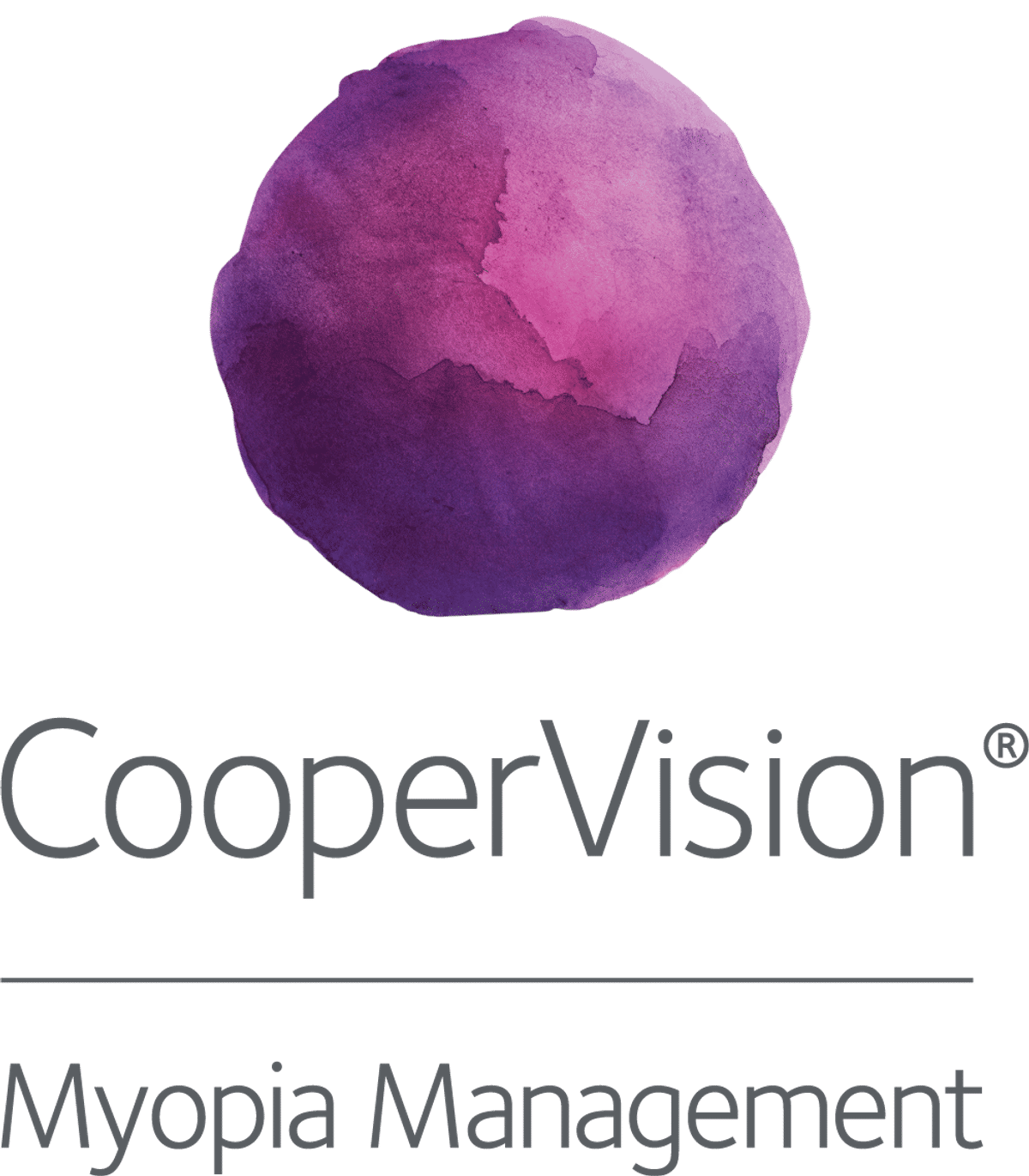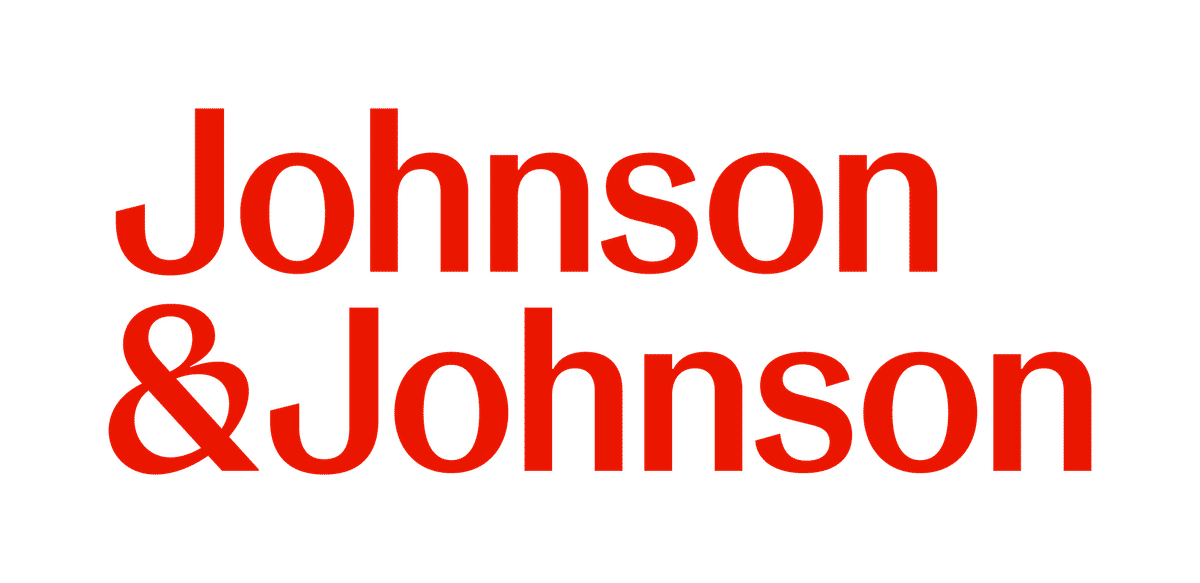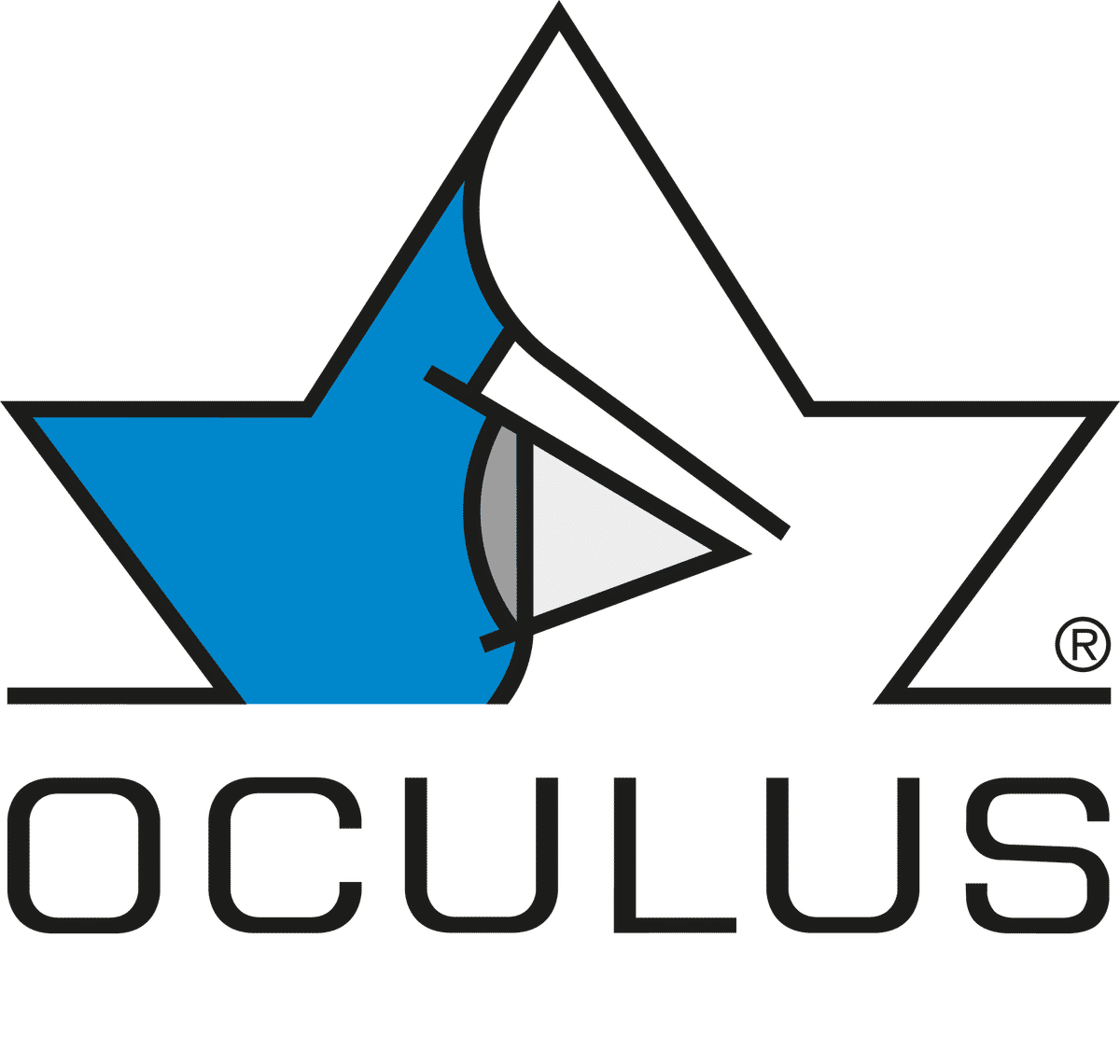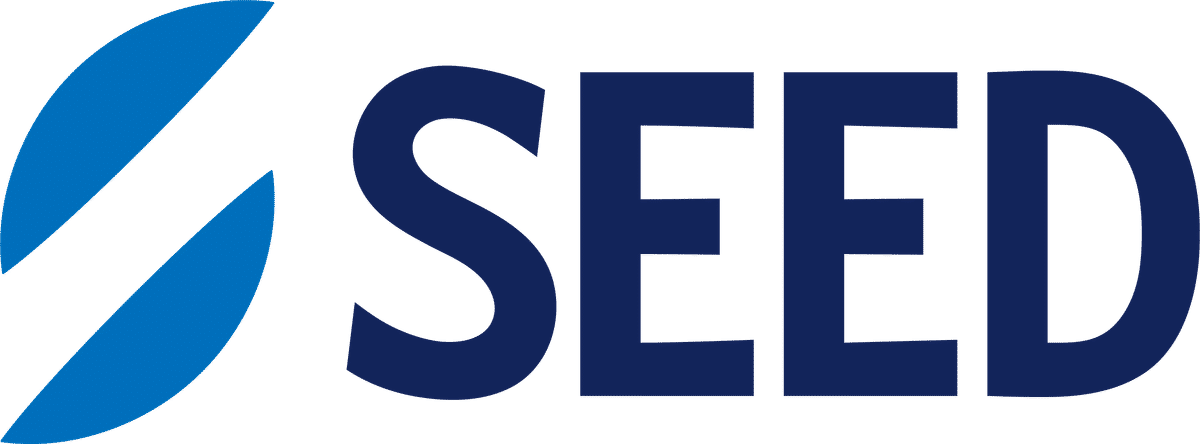Clinical
May’s Myopia Journey: Clinical Decisions, Real-World Data, and Long-Term Insights from APMMS 2025
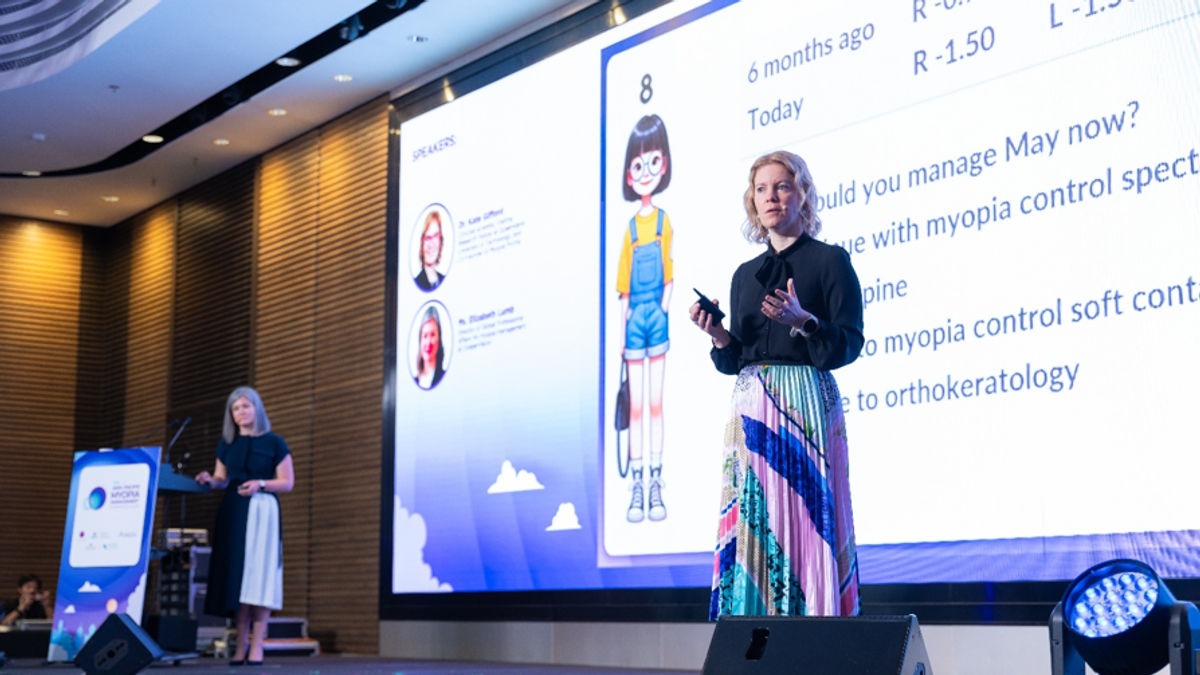
Sponsored by
In this article:
This article explores a lecture delivered by Kate Gifford and Elizabeth Lumb at the 2025 Asia-Pacific Myopia Management Symposium covering the story of a patient called May from pre-myopia to myopia management throughout childhood.
At the fifth Asia-Pacific Myopia Management Symposium (APMMS), held in Hong Kong on June 1, 2025, leading experts in optometry and ophthalmology gathered to share insights into advancing myopia care. Under the theme “Myopia Control in Children: Meeting the Challenge Together,” the event—proudly supported by CooperVision—highlighted evidence-based strategies, early intervention, and collaborative approaches to childhood myopia. With over 200 delegates in attendance and approximately 1,000 joining virtually, the strong participation highlighted the region’s ongoing commitment to tackling this global health challenge.
In an engaging and thought-provoking session led by Dr Kate Gifford, co-founder of Myopia Profile, and Ms Elizabeth Lumb, Director of Global Affairs, Myopia Management at CooperVision, delegates followed the clinical journey of May—a fictional yet relatable child patient. Spanning from pre-myopia at age 5 to myopia stability at 18, May’s story provided a practical lens through which real-world decision-making was explored. Across six interactive polls, attendees were challenged to consider their management strategies at each stage of her progression, sparking valuable discussion and clinical reflection.
From Pre-Myopia to Diagnosis: Understanding Risk and Intervention
May’s story began at age 5 with a cycloplegic refraction of +0.25 in her right eye and plano in her left—placing her at risk of developing myopia. In the audience poll, most attendees opted for a six-month review and lifestyle advice. However, the session highlighted a growing body of evidence supporting more proactive strategies for children with low hyperopic reserves. The CLEERE study, conducted in a U.S. multi-ethnic cohort, identified +0.75D at age 6 as a critical threshold below which children are significantly more likely to develop myopia.1 More recent studies, particularly from Asian populations, suggest that an even higher hyperopic buffer—often above +1.50D—is needed to reduce risk.2,3 These findings challenge earlier benchmarks and support the need for ethnicity-specific guidelines in assessing pre-myopia and deciding when to intervene.
Beyond lifestyle guidance, early-stage interventions such as low-dose atropine,4 myopia control spectacle lenses,5 and repeated low-level red-light therapy6 are expanding the toolkit for managing pre-myopia.
Early Myopia Management: Choosing the Right Modality
By age 8, May had developed myopia, as expected, with her refraction progressing to -0.75D in the right eye and -1.00D in the left. This prompted a discussion around the most appropriate management approach, with the majority of poll respondents selecting myopia control spectacles. While this response was reassuring within the context of the session, broader survey data indicate that in real-world clinical practice, single vision spectacles remain the most commonly prescribed option for children with myopia.7 This highlights a disconnect between current clinical evidence and standard practice, as single vision correction is no longer considered appropriate first-line care for paediatric myopia.
The presentation advocated for broader adoption of contact lenses in children, particularly daily disposables, citing their high efficacy, safety profile, and strong compliance rates in trials such as the MiSight® 1 day study.8 Importantly, these lenses offer psychosocial benefits, enhancing children's confidence, social engagement, and quality of life.9,10
Combination Therapies and Compliance: Optimizing Outcomes
When May returned for review six months after being fitted with myopia control spectacles, her refraction had progressed—demonstrating that even evidence-based treatments may not deliver expected results if they aren’t worn as intended. This prompted discussion around intensifying her treatment, such as adding low-dose atropine or transitioning to contact lenses.
One of the key takeaways was that treatment success depends heavily on consistent wear. Spectacle-based interventions require high daily wear time—typically 12 hours or more—to achieve optimal effect.11 However, unlike contact lenses that are either worn or not, spectacles can be removed intermittently throughout the day, which reduces treatment effectiveness.
These insights point to the importance of matching the treatment to the child’s individual behaviour, motivation, and environment—not just their clinical findings. For many children, especially those who are active, self-conscious about glasses, or inconsistent wearers, daily disposable contact lenses may offer a better solution. They are either worn or not, and studies such as the MiSight® 1 day clinical trial have shown high rates of consistent wear with strong safety and efficacy profiles.8
Long-Term Impact: The Case for Early and Sustained Intervention
By age 13, after four years of soft contact lens wear, May’s myopia progression had remained minimal—just -0.75D in her right eye and -0.50D in her left. These outcomes closely aligned with the average results reported in the MiSight® 1 day six-year clinical study, reinforcing the effectiveness of early and consistent intervention.
Fast forward to age 18, and May's myopia had only progressed an additional -0.25D in each eye over the following five years—a remarkably stable outcome that reflects both the durability of the treatment and the importance of ongoing monitoring during adolescence. At this visit, May expressed a desire to return to wearing regular spectacles, raising the question of whether myopia control treatment could or should be discontinued.
This scenario mirrors a common clinical challenge: how to decide if and when to stop active myopia management. While approximately 75% of myopic individuals show refractive and axial length stability by age 18,12,13 studies have shown that up to 20% will continue to progress into their 20s—sometimes by 1.00D or more.14,15 Even this slower rate of progression can meaningfully increase the long-term risk of vision-threatening complications associated with higher levels of myopia.16
In May’s case, her stable refraction and long-standing adherence to treatment made her a good candidate for considering discontinuation. Importantly, her clinical outcome was supported by the recently published seven-year MiSight® 1 day data, which demonstrated no rebound effect after stopping lens wear.17
Key Takeways: Evidence-Based, Patient-Centric Care
May’s case serves as a microcosm of the challenges and opportunities in myopia management. Her story reinforces several critical points:
- Start early – Pre-myopia requires attention, especially in high-risk populations.
- Go beyond efficacy – Compliance, lifestyle, and psychosocial factors influence outcomes.
- Keep treatment dynamic – Children’s needs and preferences evolve; so should our clinical approach.
As myopia continues to rise globally, adopting a proactive, multifaceted, and patient-centred strategy is imperative. Childhood myopia management is no longer optional—it is the standard of care.
Meet the Authors:
About Jeanne Saw
Jeanne is a clinical optometrist based in Sydney, Australia. She has worked as a research assistant with leading vision scientists, and has a keen interest in myopia control and professional education.
As Manager, Professional Affairs and Partnerships, Jeanne works closely with Dr Kate Gifford in developing content and strategy across Myopia Profile's platforms, and in working with industry partners. Jeanne also writes for the CLINICAL domain of MyopiaProfile.com, and the My Kids Vision website, our public awareness platform.
This content is brought to you thanks to an educational grant from
References
- Zadnik K, Sinnott LT, Cotter SA, Jones-Jordan LA, Kleinstein RN, Manny RE, Twelker JD, Mutti DO; Collaborative Longitudinal Evaluation of Ethnicity and Refractive Error (CLEERE) Study Group. Prediction of Juvenile-Onset Myopia. JAMA Ophthalmol. 2015 Jun;133(6):683-9.
- Chen Z, Gu D, Wang B, Kang P, Watt K, Yang Z, Zhou X. Significant myopic shift over time: Sixteen-year trends in overall refraction and age of myopia onset among Chinese children, with a focus on ages 4-6 years. J Glob Health. 2023 Nov 9;13:04144.
- Wang J, Qi Z, Feng Y, Chen J, Du L, Yang J, Xie H, Zhu J, Zou H, He X, Xu X. Normative value of hyperopia reserve and myopic shift in Chinese children and adolescents aged 3-16 years. Br J Ophthalmol. 2024 Jun 20;108(7):1024-1029.
- Wang W, Zhang F, Yu S, Ma N, Huang C, Wang M, Wei L, Zhang J, Fu A. Prevention of myopia shift and myopia onset using 0.01% atropine in premyopic children - a prospective, randomized, double-masked, and crossover trial. Eur J Pediatr. 2023 Jun;182(6):2597-2606.
- Zhang Z, Zeng L, Gu D, Wang B, Kang P, Watt K, Zhou J, Zhou X, Chen Z, Yang D, Chen C, Wang X, Zhou X, Chen Z. Spectacle Lenses With Highly Aspherical Lenslets for Slowing Axial Elongation and Refractive Change in Low-Hyperopic Chinese Children: A Randomized Controlled Trial. Am J Ophthalmol. 2024 Aug 27;269:60-68.
- He X, Wang J, Zhu Z, Xiang K, Zhang X, Zhang B, Chen J, Yang J, Du L, Niu C, Leng M, Huang J, Liu K, Zou H, He M, Xu X. Effect of Repeated Low-level Red Light on Myopia Prevention Among Children in China With Premyopia: A Randomized Clinical Trial. JAMA Netw Open. 2023 Apr 3;6(4):e239612.
- Wolffsohn JS, Whayeb Y, Logan NS, Weng R; International Myopia Institute Ambassador Group*. IMI-Global Trends in Myopia Management Attitudes and Strategies in Clinical Practice-2022 Update. Invest Ophthalmol Vis Sci. 2023 May 1;64(6):6.
- Chamberlain P, Peixoto-de-Matos SC, Logan NS, Ngo C, Jones D, Young G. A 3-year Randomized Clinical Trial of MiSight Lenses for Myopia Control. Optom Vis Sci. 2019 Aug;96(8):556-567.
- Dias L, Manny RE, Weissberg E, Fern KD. Myopia, contact lens use and self-esteem. Ophthalmic Physiol Opt. 2013 Sep;33(5):573-80.
- Walline JJ, Jones LA, Sinnott L, Chitkara M, Coffey B, Jackson JM, Manny RE, Rah MJ, Prinstein MJ; ACHIEVE Study Group. Randomized trial of the effect of contact lens wear on self-perception in children. Optom Vis Sci. 2009 Mar;86(3):222-32.
- Bao J, Huang Y, Li X, et al. Spectacle Lenses With Aspherical Lenslets for Myopia Control vs Single-Vision Spectacle Lenses: A Randomized Clinical Trial. JAMA Ophthalmol. 2022;140(5):472–478
- COMET Group. Myopia stabilization and associated factors among participants in the Correction of Myopia Evaluation Trial (COMET). Invest Ophthalmol Vis Sci. 2013 Dec 3;54(13):7871-84.
- Hou W, Norton TT, Hyman L, Gwiazda J; COMET Group. Axial Elongation in Myopic Children and its Association With Myopia Progression in the Correction of Myopia Evaluation Trial. Eye Contact Lens. 2018 Jul;44(4):248-259.
- Bullimore MA, Jones LA, Moeschberger ML, Zadnik K, Payor RE. A retrospective study of myopia progression in adult contact lens wearers. Invest Ophthalmol Vis Sci. 2002 Jul;43(7):2110-3.
- Pärssinen O, Kauppinen M, Viljanen A. The progression of myopia from its onset at age 8-12 to adulthood and the influence of heredity and external factors on myopic progression. A 23-year follow-up study. Acta Ophthalmol. 2014 Dec;92(8):730-9.
- Bullimore MA, Brennan NA. Myopia Control: Why Each Diopter Matters. Optom Vis Sci. 2019 Jun;96(6):463-465.
- Chamberlain P, Hammond DS, Bradley A, Arumugam B, Richdale K, McNally J, Hunt C, Young G. Eye growth and myopia progression following cessation of myopia control therapy with a dual-focus soft contact lens. Optom Vis Sci. 2025 May 1;102(5):353-358.
Enormous thanks to our visionary sponsors
Myopia Profile’s growth into a world leading platform has been made possible through the support of our visionary sponsors, who share our mission to improve children’s vision care worldwide. Click on their logos to learn about how these companies are innovating and developing resources with us to support you in managing your patients with myopia.

